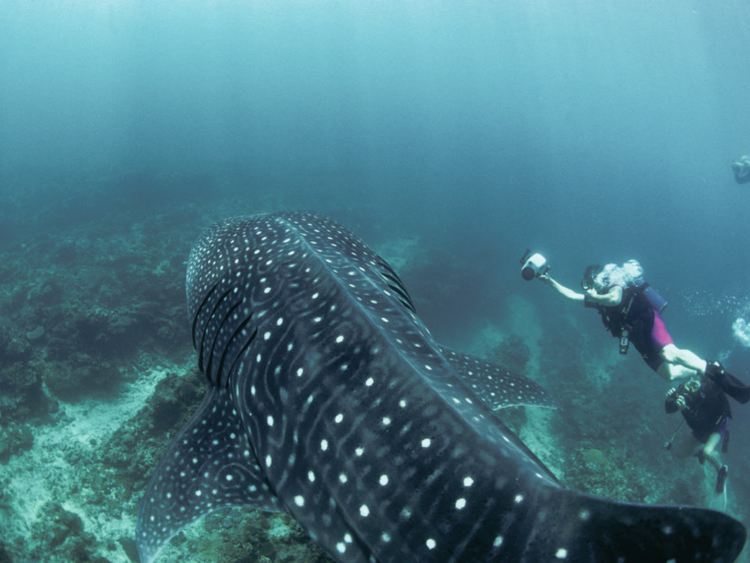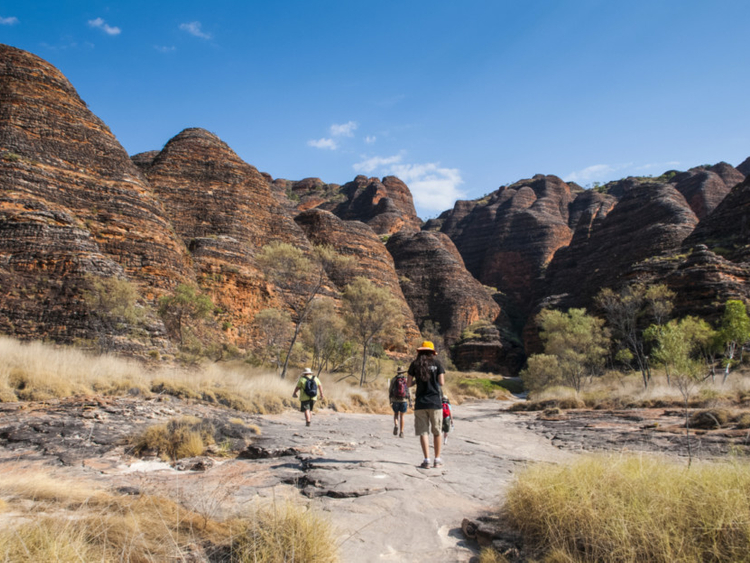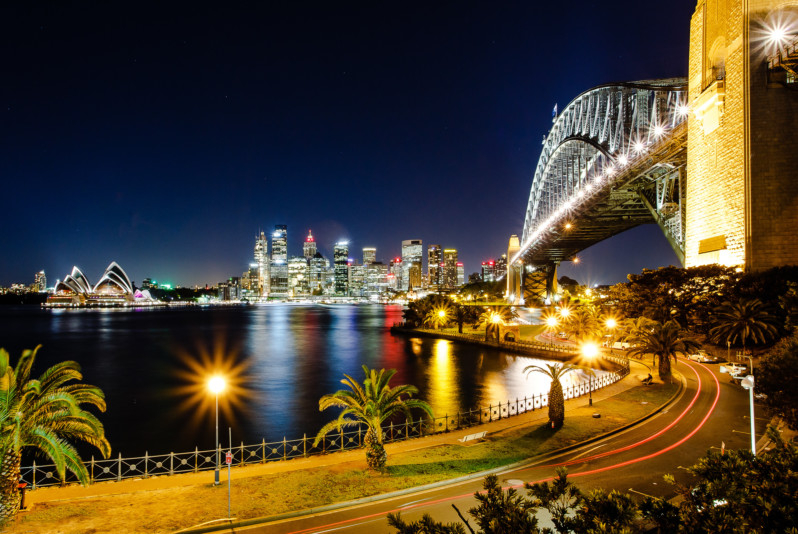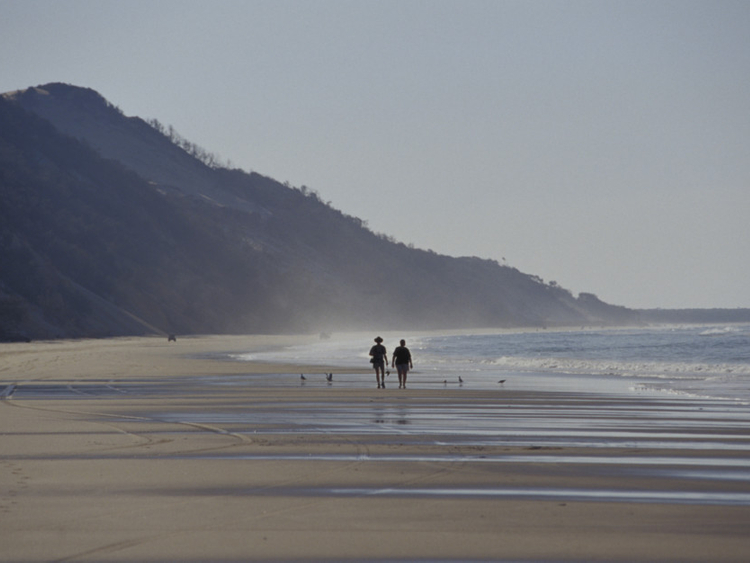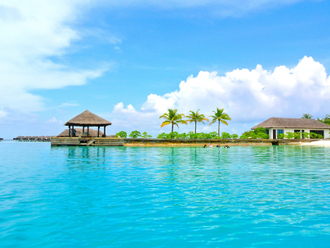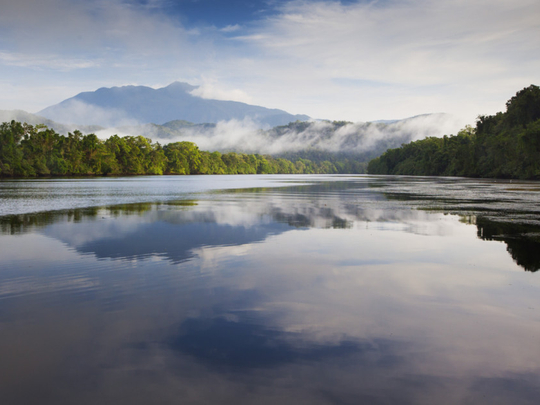
Australia is a vast continent, yet most travel itineraries stick to well-trodden paths, ticking off the same old highlights. Visiting undiscovered gems down under isn’t just an excellent way to avoid the crowds; exploring the continent on your own terms is far more rewarding than retracing other travellers’ steps. Here are some alternatives worth considering as you plan your own adventure.
Cooloola instead of Fraser Island
A fixture on the backpacker trail and a firm family favourite, Fraser Island is worthy of its indigenous, traditional name: K’gari, meaning paradise. The biggest sand island in the world is a natural wonder, with beautiful beaches, gigantic sand dunes, freshwater lakes, wild dingoes and a rain forest incongruously thriving on nothing but sand. Accommodation options, however, are limited and visitor numbers on the island have reached a tipping point.
Locals prefer to visit the mainland section of Great Sandy National Park, which is more easily accessible and yet less crowded. You can visit all the highlights of the Cooloola Recreation Area in a day — and get a taste of K’gari thanks to sights such as Carlo Sand Blow, the Red Canyon and the multihued Coloured Sands.
A proposal to extend the Fraser Island World Heritage Area to include the Cooloola section of the Great Sandy National Park is currently being considered.
Ningaloo Reef instead of Great Barrier Reef
A visit to the world-famous Great Barrier Reef off the east coast involves a day trip, a 90-minute boat transfer and will see you treading water with dozens or even hundreds of other reef watchers.
Roughly 5,000km to the west, in remote Cape Range National Park in Western Australia, you are more likely to find yourself alone on a gleaming white beach, wading into the turquoise sea, gently drifting through the crystal-clear water towards the coral that grows just offshore to get up close to the turtles, sharks, manta rays and exotic fish that call it home.
The country’s largest fringing reef is more than 250km long and home to more than 500 fish species and 200 types of coral. This pristine World Heritage Site is a perplexingly well-kept secret — until you arrive and understand why the laid-back locals are quite happy to keep this beautiful place to themselves.
Great Barrier Reef Drive instead of the Great Ocean Road
The Great Ocean Road, one of the most picturesque scenic coastal routes in the world, attracts petrolheads and nature enthusiasts alike. Beware the seasonal climate, though. In winter, when Victoria is blasted with artic winds, rain and even snow, it’s neither pretty nor fun to drive.
Head north instead, for an equally scenic ocean drive that is perfect in Queensland’s dry season. The stretch of road from Cairns to Cape Tribulation has only recently been rebranded as Great Barrier Reef Drive. The cliff-hugging highway between the rainforest and the Coral Sea will easily live up to its grand new title and become the north’s answer to the Great Ocean Road.
Purnululu instead of Uluru
The rock once known as Ayers is an icon of Australia’s red centre. No matter how many picture postcard views you have seen, the sight of the monolith rising from the dusty landscape never fails to impress. However, many visitors these days are put off by the highly regimented guest management and infrastructure that has become necessary to manage the constant stream of tourists.
Thankfully, Uluru is by no means the only awe-inspiring rock formation the continent has to offer. The enchantingly named Purnululu sandstone range is less renowned and not as readily accessible, but hiking through its tangerine gorges and canyons, exploring its waterholes and camping in remote sites helps you understand the origin stories — of both science and Aborigine mythology — better than you ever could at Uluru.
Walking Sydney Harbour instead of the Sydney Harbour Bridge climb
The fact that the Sydney Harbour Bridge climb makes it onto every bucket list can be ascribed to a misunderstanding. The imposing steel structure, affectionately dubbed the “coat hanger”, is a marvel to behold, especially as part of the panoramic ensemble that includes the equally recognisable Opera House.
Unfortunately, when you’re standing on top of it, wearing an ill-fitting and unflattering boiler suit, but without your camera or phone (due to safety restrictions), you’re not seeing the whole picture — and paying an extortionate fee to boot.
The budget alternative is to climb the Pylon Lookout at a fraction of the cost, then proceed to enjoy the best views of the bridge for free. Sydney Coastal Councils have put together a massive Harbour Circle Walk that takes in all the most scenic spots north and south of the bridge. The walk can easily be broken down into several short strolls.


